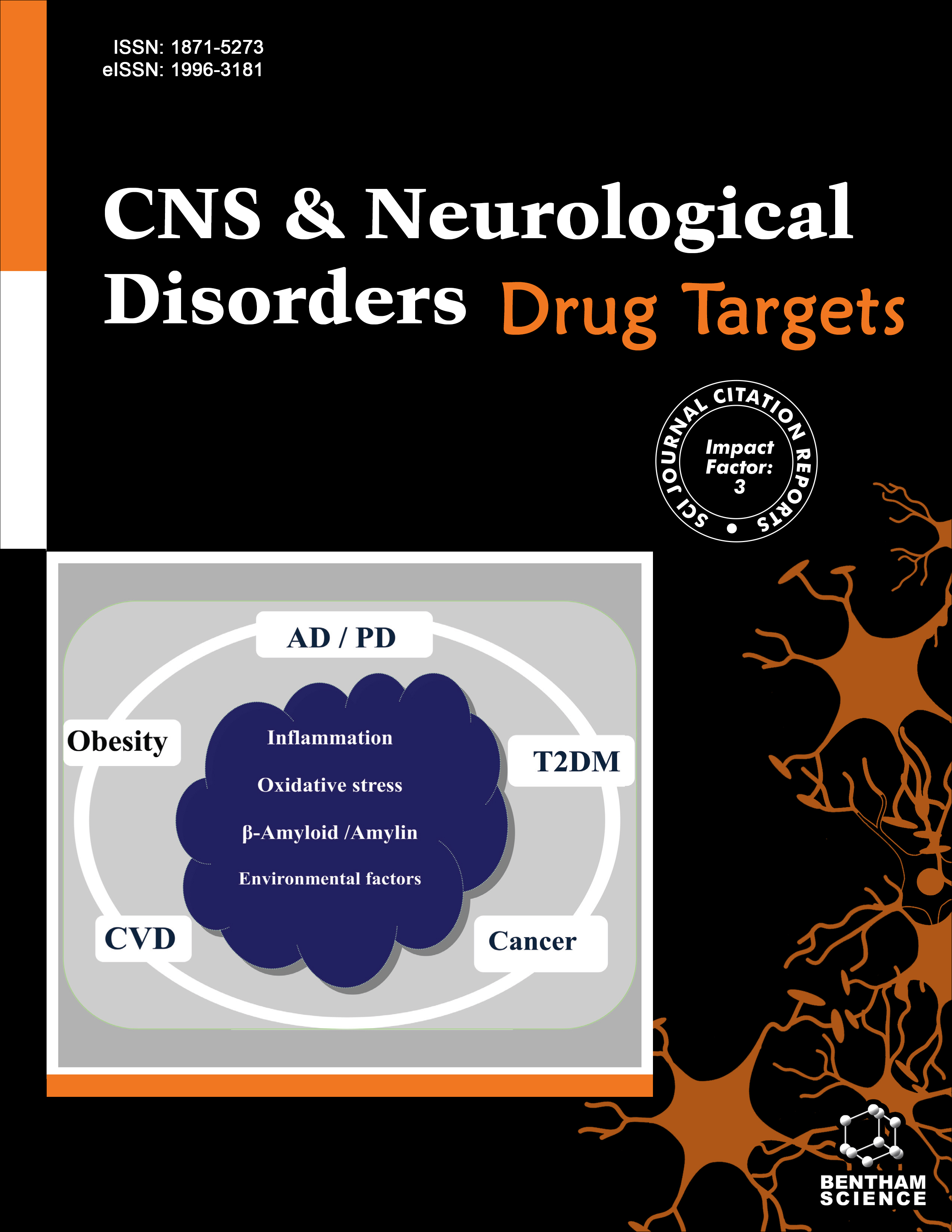
Full text loading...
Depression is among the main causes of disability, and its protracted manifestations could make it even harder to treat metabolic diseases. Obesity is linked to episodes of depression, which is closely correlated to abdominal adiposity and impaired food quality. The present review is aimed at studying possible links between obesity and depression along with targets to disrupt it. Research output in Pubmed and Scopus were referred for writing this manuscript. Obesity and depression are related, with the greater propensity of depressed people to gain weight, resulting in poor dietary decisions and a sedentary lifestyle. Adipokines, which include adiponectin, resistin, and leptin are secretory products of the adipose tissue. These adipokines are now being studied to learn more about the connection underlying obesity and depression. Ghrelin, a gut hormone, controls both obesity and depression. Additionally, elevated ghrelin levels result in anxiolytic and antidepressant-like effects. The gut microbiota influences the metabolic functionalities of a person, like caloric processing from indigestible nutritional compounds and storage in fatty tissue, that exposes an individual to obesity, and gut microorganisms might connect to the CNS through interconnecting pathways, including neurological, endocrine, and immunological signalling systems. The alteration of brain activity caused by gut bacteria has been related to depressive episodes. Monoamines, including dopamine, serotonin, and norepinephrine, have been widely believed to have a function in emotions and appetite control. Emotional signals stimulate arcuate neurons in the hypothalamus that are directly implicated in mood regulation and eating. The peptide hormone GLP-1(glucagon-like peptide-1) seems to have a beneficial role as a medical regulator of defective neuroinflammation, neurogenesis, synaptic dysfunction, and neurotransmitter secretion discrepancy in the depressive brain. The gut microbiota might have its action in mood and cognition regulation, in addition to its traditional involvement in GI function regulation. This review addressed the concept that obesity-related low-grade mild inflammation in the brain contributes to chronic depression and cognitive impairments.

Article metrics loading...

Full text loading...
References


Data & Media loading...

